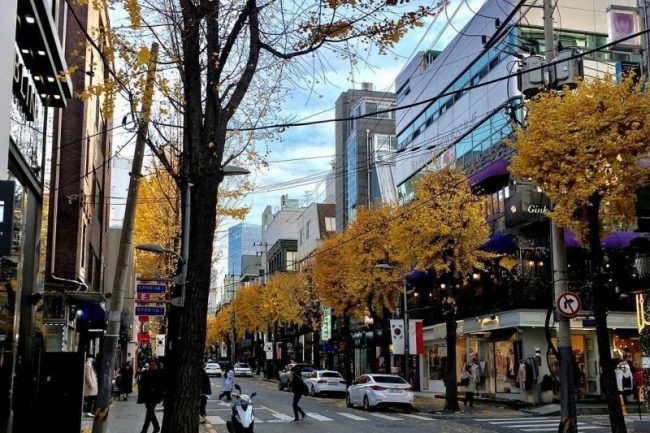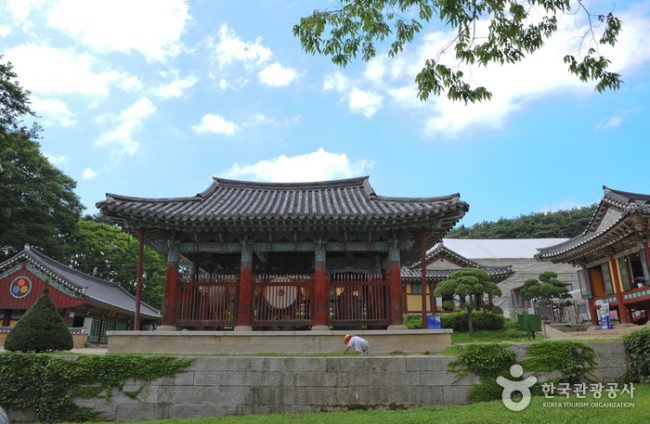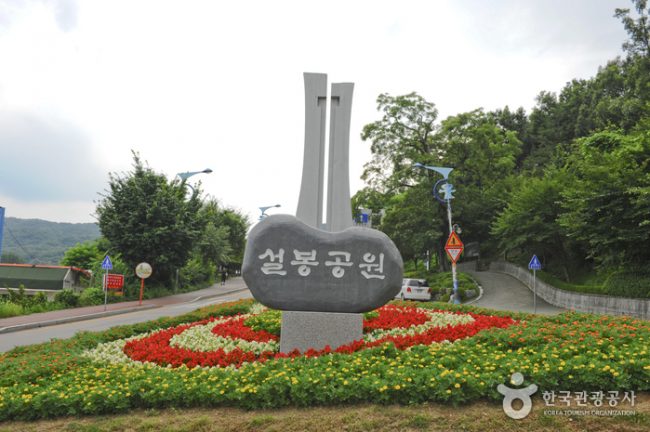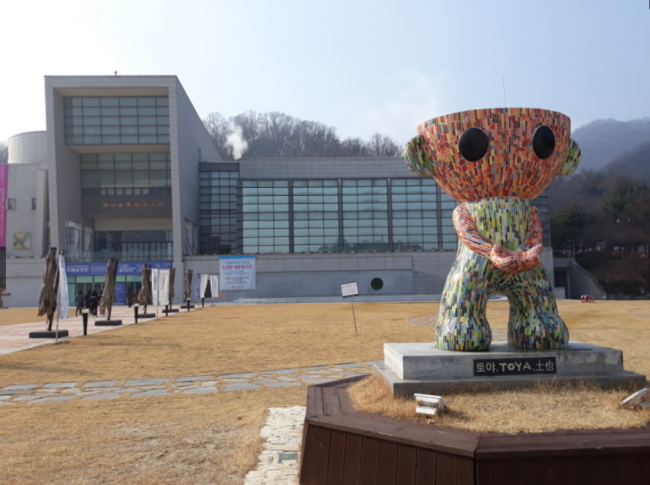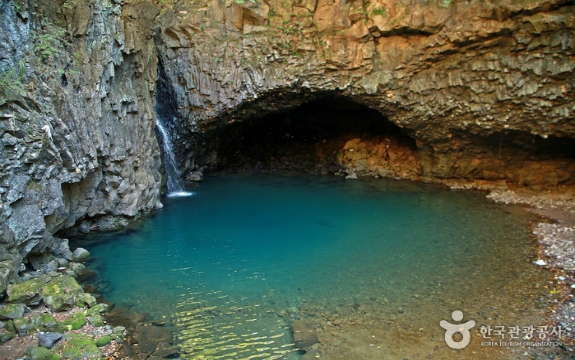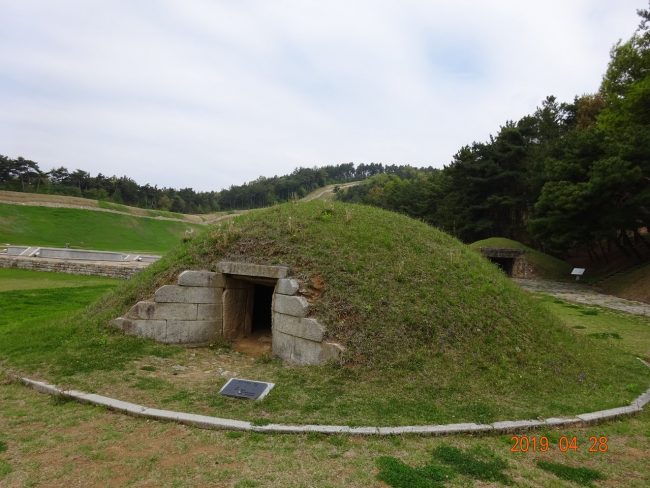Daebu Haesolgil
Visitors can walk over the seven walkways spanning 74 km, enjoying the natural landscape of Daebu Island. The walkway begins at the Bangamori wharf along the Gubong Island, Daebunamdong, Seongam Island, and Tando Port to the Daesong complex. Course 1, which extends from Bangamori to Donji Island trail, is most visited by people. The sunset observatory that connects ocean routes with ant’s waist bridge attracts many photographers thanks to its beautiful landscape during the sunset. The Daebu Haesolgil surrounding Daebu Island offers a wide range of landscapes on its pine trees trail, salt field trail, sunset trail, ocean trail, wetland trail, vineyard trail, and country trail. During the summer, families enjoy the wetlands of the West Coast and seasonal birds.

